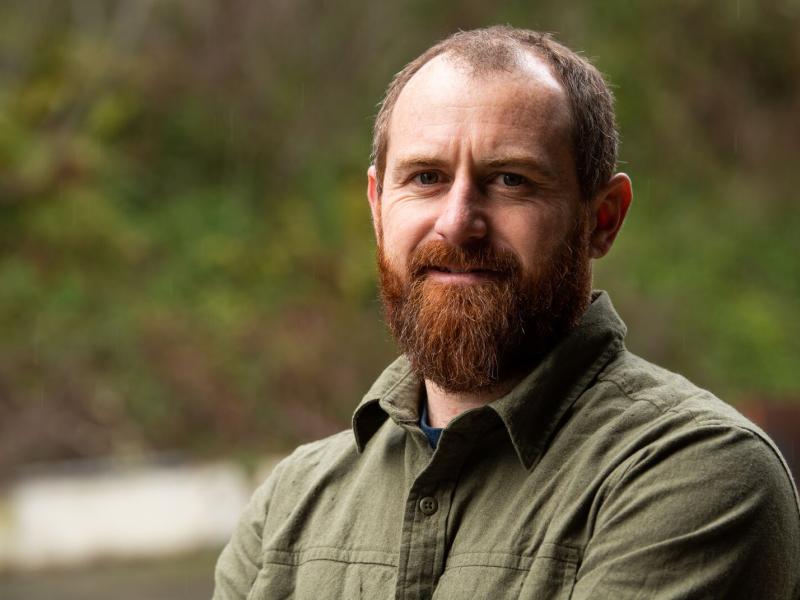
Terrestrial
Aquatics
Terrestrial
Aquatics
Intersections of water
and land rule ecology
Intersections of water
and land rule ecology
Pacific Northwest National Laboratory (PNNL) researchers contribute to a wide scientific effort to study how land and water interact. From soils at the pore scale to regions at the watershed scale, they investigate the interface between terrestrial and aquatic systems, which are ecologically critical and biogeochemically dynamic.
Around the world, aquatic ecosystems dominated by water include streams, rivers, ponds, lakes, estuaries, and oceans. These aquatic ecosystems interact dynamically with terrestrial ecosystems, resulting in unique hybrid ecosystems such as vegetated wetlands and other systems that experience variable inundation due to the intersection of land and water.
These terrestrial–aquatic zones are relatively small in size, but they have monumental impacts on Earth systems. They capture, store, transform, and release nutrients, water, energy, and other entities that influence feedback loops with aquatic environments, land ecosystems, the atmosphere, and more.
It’s also important to better understand and monitor these zones to ensure energy resilience.
Nutrient cycles and more
Some scientists at PNNL specialize in the study of soils, which are a critical reservoir for important nutrients, and—depending on conditions of wetting and drying—release them back into the atmosphere as carbon dioxide.
We also have projects monitoring biogeochemical exchanges that occur in riverine hyporheic zones, where fresh water and groundwater mix in reactive regions of sediment and rock. Some PNNL scientists also specialize in studies of permafrost, which can be fairly described as sites of terrestrial–aquatic interchange.
PNNL-Sequim is the only marine research site within the national laboratory system of the Department of Energy (DOE). Researchers there support DOE missions related to energy (including algal biofuels and marine energy) and environment, such as better understanding coastal hazards risks, wetlands health, marine chemical transport hazards, and biofouling.
The lab also leads an international consortium of researchers called the Worldwide Hydrobiogeochemical Observation Network for Dynamic River Systems (WHONDRS). Watersheds are complex systems which strongly influence human society while providing a number of ecosystem services. WHONDRS is a global a consortium of researchers who collectively aim to understand the hydrologic, biogeochemical, and microbial function in river corridors. It’s through this distributed science approach that WHONDRS looks to accelerate knowledge development and models that are transferable across river corridor systems.
The terrestrial–aquatic gap
A growing number of scientists at PNNL are part of an effort to incorporate terrestrial–aquatic interfaces (TAIs) into Earth system models. TAIs are where fully terrestrial ecosystems transition to those that are fully aquatic.
To date, Earth system models only include static fractions of dry land and open water. That approach misses much of what is in between: an ecologically critical hybrid of wet-to-dry features that mark coastal areas and that are global hotspots of biological, biogeochemical, and ecological activity.




